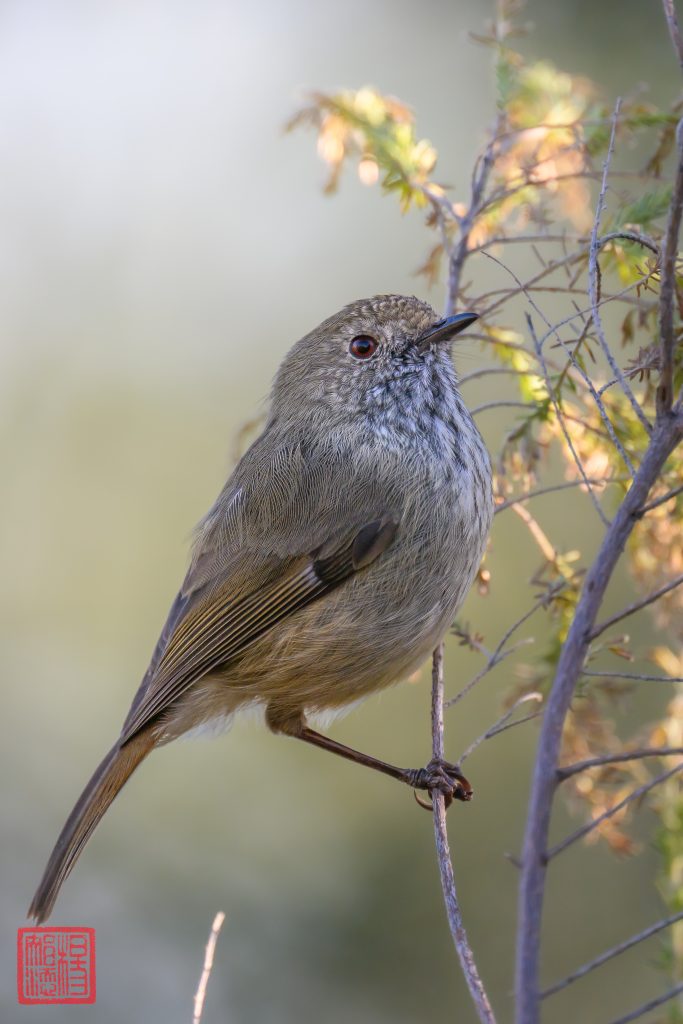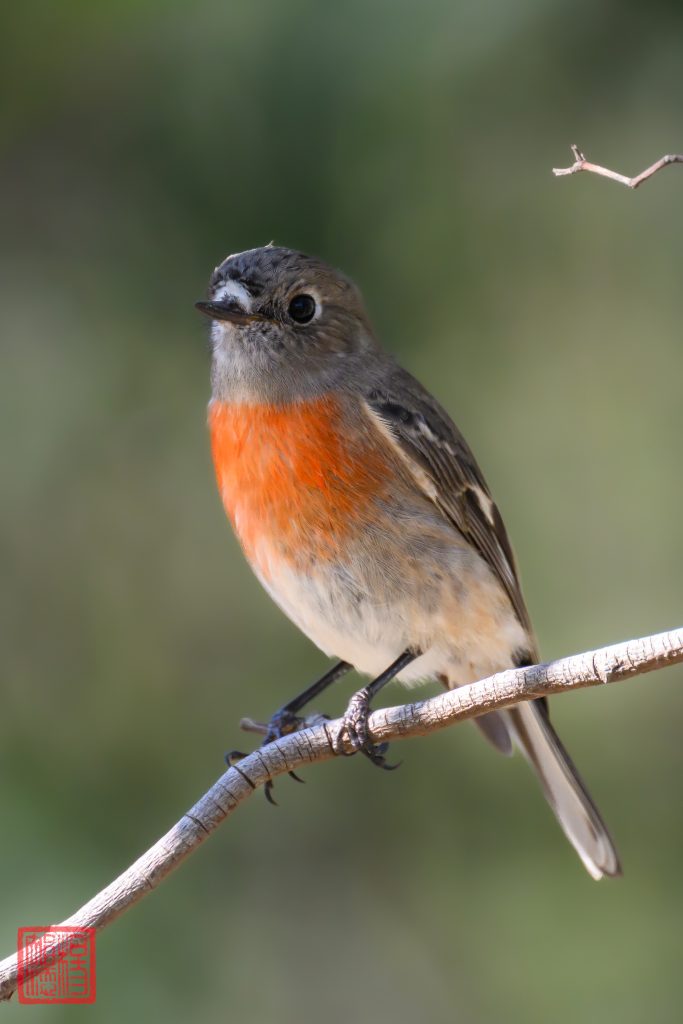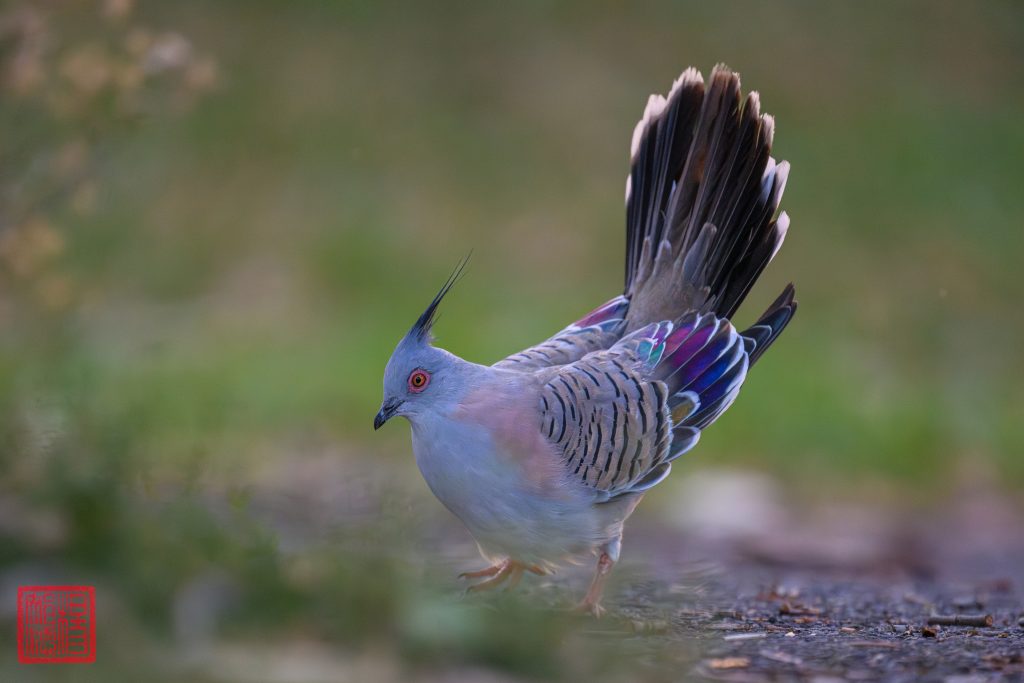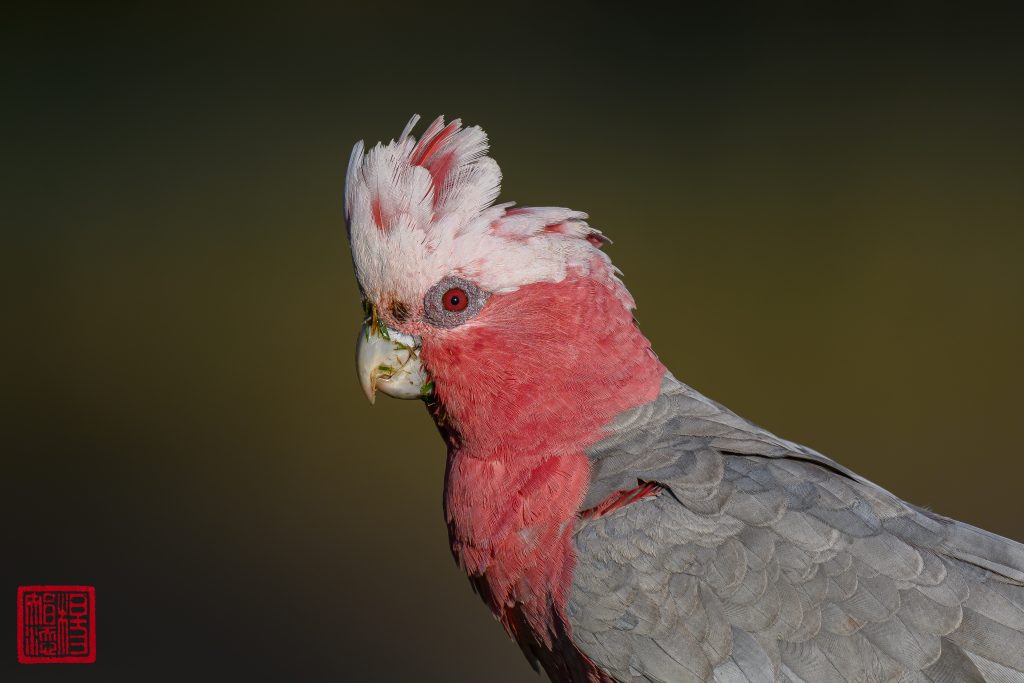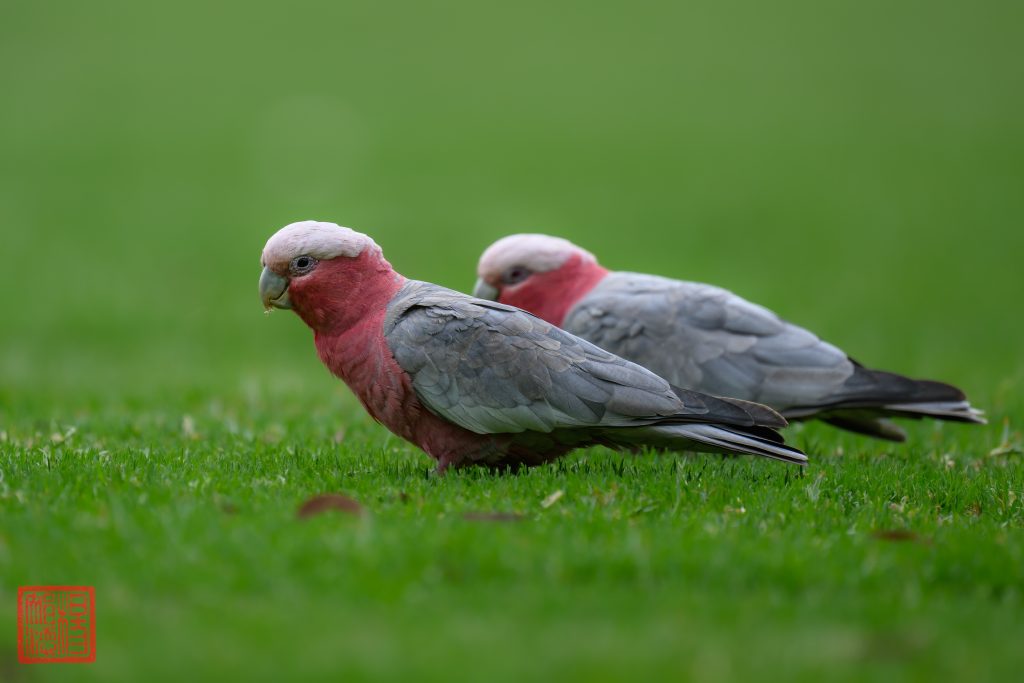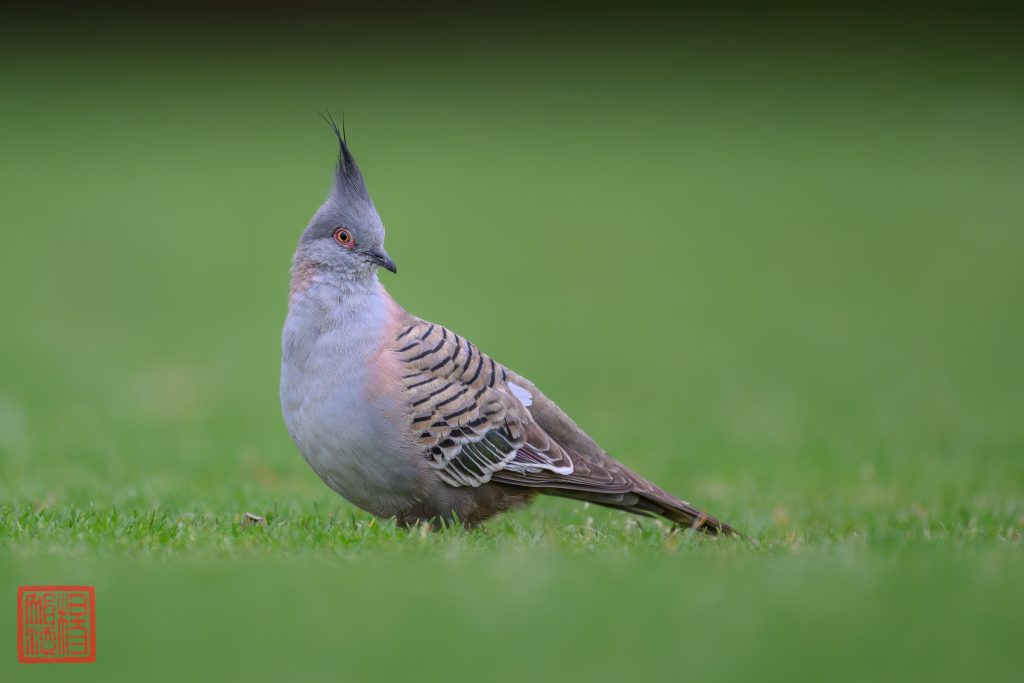On 8 April 2024, as I approach the bird hide from the Skink Habitat, I spotted a large white bird in the pond. I had originally thought that it might be a Great Egret. On reaching the bird hide, it was obviously a Yellow-billed Spoonbill. What a surprise! This is the first time I have observed a Yellow-billed Spoonbill at this location.
While at the bird hide, I managed to take a few photographs. It then flew into Trin. When I followed it, I was pleasantly surprised to see another Royal Spoonbill. Whilst I have previously seen a Royal Spoonbill at Trin, it is still very rare. To have two species of Spoonbills in Trin at the same time must be very special indeed.
First: Nikon Z 9, Nikkor Z 800mm f/6.3 VR S @ 1/800s f/6.3 ISO220
Second: Nikon Z 9, Nikkor Z 800mm f/6.3 VR S @ 1/800s f/6.3 ISO400



